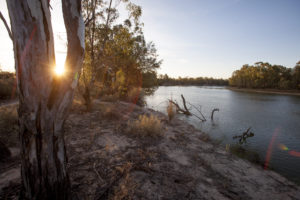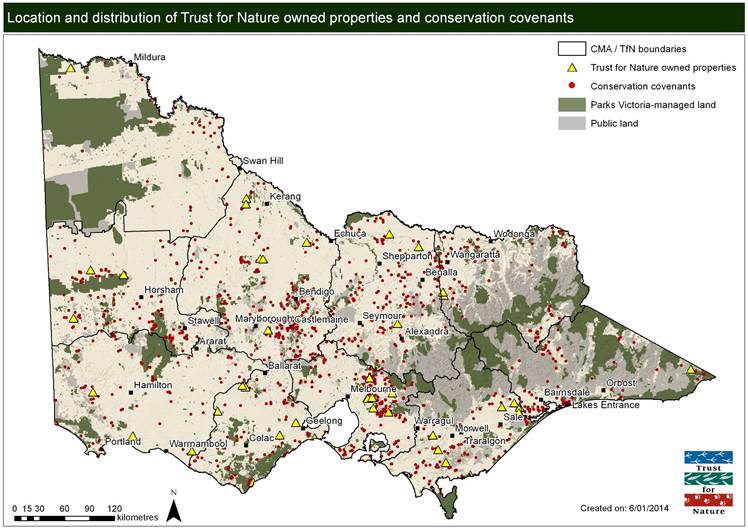
Neds Corner Station, Trust for Nature’s largest conservation reserve (30,000 hectares), which is in northwest Victoria. Photo by Shannon Reddaway.
Story from Marnie Lassen, Trust for Nature, Australia
Trust for Nature in Victoria, Australia, used the Open Standards to develop its new five-year strategic plan. Trust for Nature previously used the Open Standards for several landscape-scale planning projects, but had never used the Open Standards for organisational-wide planning. This was the first time many on the management team had participated in an Open Standards planning process, but they embraced the process enthusiastically and trusted its logic. Everyone involved has been particularly pleased with the rigour that the process demands, especially the attention to SMART goals and results chains. Trust for Nature now plans to use Miradi for its annual business planning so they can better track and report their progress reaching the goals of their new strategic plan. The group is also working on retrofitting existing landscape-scale plans and deciding whether to train management to use Miradi for business plan development and reporting.
CCNet Coaches Pip Walsh and Nathan Wong assisted tremendously with the process. For more information, visit the Trust for Nature website.

This map shows both the properties we own and where our conservation covenants (easements) are. We have about 46 properties totaling about 50,000 hectares and about 1,300 conservation covenants totaling another 50,000 hectares. Map by Trust for Nature.
